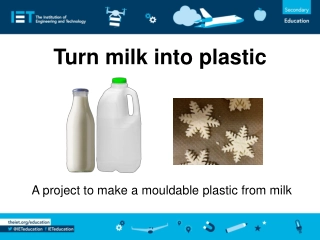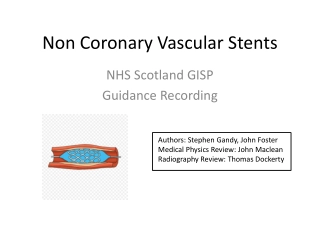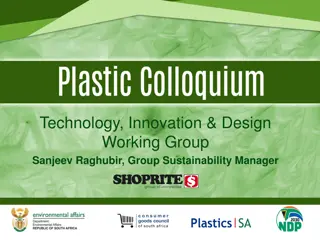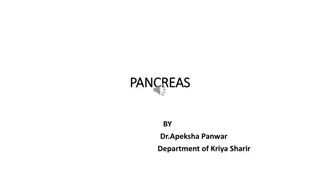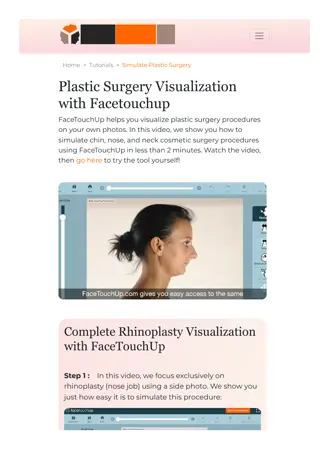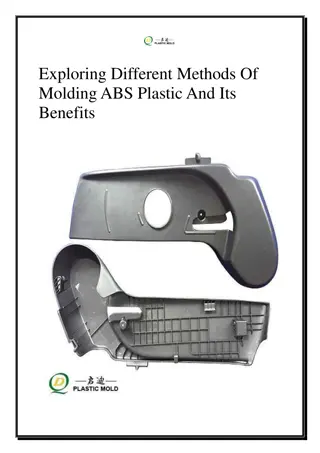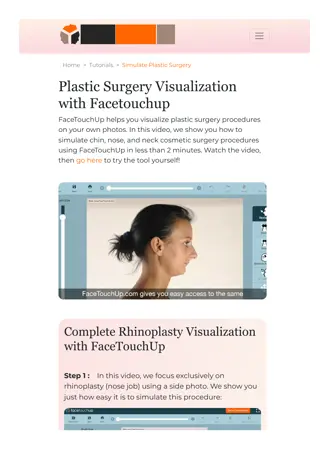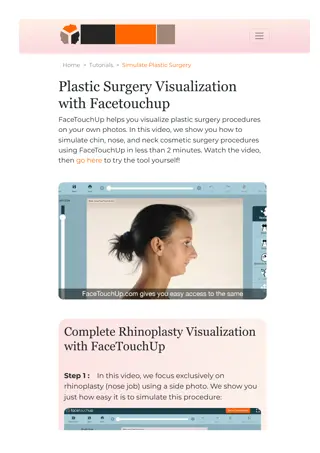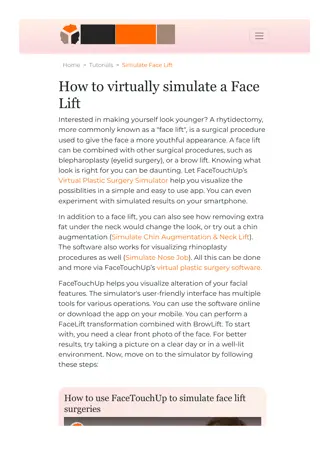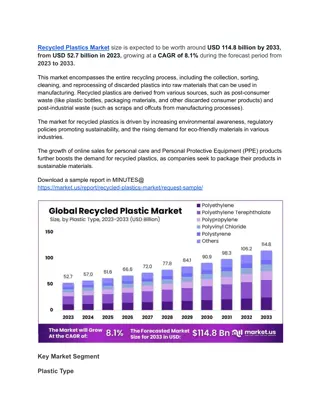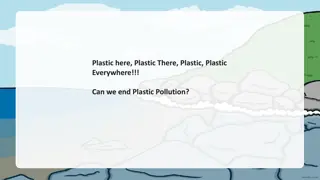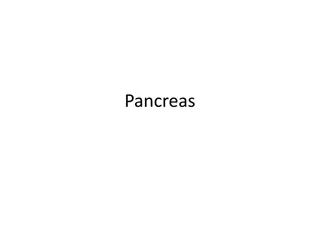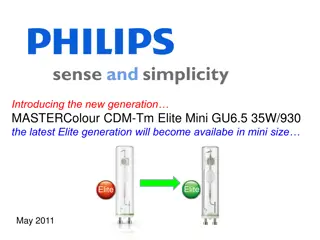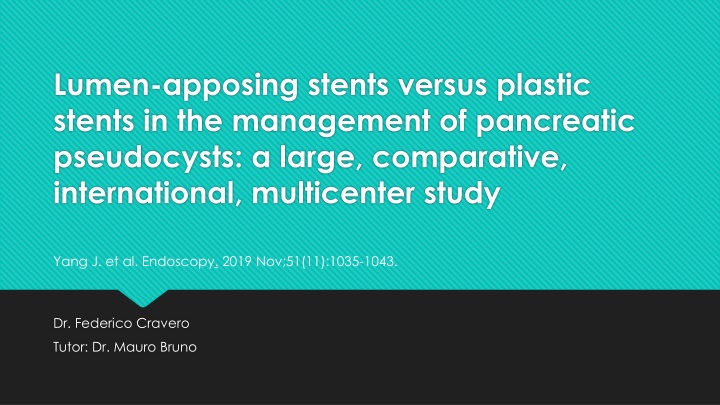
Comparative Study of Lumen-Apposing Stents vs. Plastic Stents in Pancreatic Pseudocysts Management
This study compares the clinical outcomes of using lumen-apposing stents and plastic stents in the management of pancreatic pseudocysts. It explores drainage techniques, endoscopic procedures, and the factors to consider when choosing stents for optimal drainage. The study delves into the background and objectives of the research, providing insights into the efficacy and risks associated with different stent options in treating pseudocysts.
Download Presentation

Please find below an Image/Link to download the presentation.
The content on the website is provided AS IS for your information and personal use only. It may not be sold, licensed, or shared on other websites without obtaining consent from the author. If you encounter any issues during the download, it is possible that the publisher has removed the file from their server.
You are allowed to download the files provided on this website for personal or commercial use, subject to the condition that they are used lawfully. All files are the property of their respective owners.
The content on the website is provided AS IS for your information and personal use only. It may not be sold, licensed, or shared on other websites without obtaining consent from the author.
E N D
Presentation Transcript
Lumen-apposing stents versus plastic stents in the management of pancreatic pseudocysts: a large, comparative, international, multicenter study Yang J. et al. Endoscopy. 2019 Nov;51(11):1035-1043. Dr. Federico Cravero Tutor: Dr. Mauro Bruno
Acute pancreatitis subtypes Acute pancreatitis 10-20% 80-90% Edematous pancreatitis Necrotizing pancreatitis Fluid collection 10-40 %
When drainage is indicated? Infected collection Symptomatic collection Abdominal pain Inability to eat Biliary obstruction Gastric obstruction 4 weeks
Drainage techniques Percutaneous 30 % resolution Hospital stay ENDOSCOPY 70-80 % resolution 10-15% morbidity Surgery 4-10% mortality Severe disease only
Endoscopic drainage Double pigtail plastic stents (DPPS) Fully covered self-expanding metal stent LAMS
Choosing stent Pseudocysts WON Plastic stent are a valid solution: Data on LAMS are lacking, but in recent studies they show excellent results: Multiple stents for optimal drainage Greater clinical success Low price Lower insertion time Complex insertion procedure Lower occlusion rate Infectious and occlusion risk Access to cavity (e.g. necrosectomy) Greater cost Greater bleeding risk LAMS role??
Background e scopo dello studio LAMS are mostly studied for WON drainage or in mixed WON/pseudocyst cohort Large direct comparative studies of LAMSs with DPPSs in pancreatic pseudocyst management are lacking Objective: to compare the clinical outcomes of transmural guided EUS drainage of pancreatic pseudocysts performed with DPPSs vs LAMS
Methods Retrospective international multicentric study. 14 tertiary hospitals: 12 USA, 2 UE Inclusion criteria: Patients who underwent EUS-guided pancreatic pseudocyts drainage Used stent: LAMS or DPPSs Enrolling time: January 2012 August 2016 Atlanta classification Exclusion criteria: WON Less than 30 days follow-up inferiore ai 30 giorni
End points Primary end point clinical success Pseudocyst reduction < 3 cm Symptoms resolution No need of percutaneous drainage or surgery
End points Secondary end points: Rate of technical success Adverse events (severity graded) Stent migration Pseudocyst recurrence (symptoms, diameter > 3cm) Need for surgery
Procedure technique LAMS DPPS Linear array echoendoscopes PC size and position evaluation Probe PC distance < 1cm Color-doppler to exclude vessel interposition Cautery assisted LAMS insertion (60%) Non cautery assisted: needle, wire, tract dilation, insertion Linear array echoendoscopes Access to cavity with 19 gauge needle from stomach or duodenum 0.025 or 0.035 guidewire insertion in cyst cavity under fluoroscopic guidance Tract dilation with baloon or cystotome DPPS insertion over guidewire under fluoroscopic guidance
Predictors of clinical success POSITIVE NEGATIVE LAMS placement Paracolic gutter extension Lower procedure times Younger age Increased number of endoscopic procedures prior to stent removal Lower use of pancreatic duct stent
Conclusions LAMS usage is associated with: Higher clinical success (p=0.03) Shorter procedure time (p<0.001) Lower rate of percutaneous drainage (p=0.03) Lower rate of adverse events (p=0,04)
Bibliography Arvanitakis M, et al . Endoscopic management of acute necrotizing pancreatitis: European Society of Gastrointestinal Endoscopy (ESGE) evidence-based multidisciplinary guidelines. Endoscopy. 2018 May;50(5):524-546. Banks PA et al. Classification of acute pancreatitis--2012: revision of the Atlanta classification and definitions by international consensus. Gut. 2013;62(1):102. ASGE Standards of Practice Committee, The role of endoscopy in the diagnosis and treatment of inflammatory pancreatic fluid collections. Gastrointest Endosc. 2016;83(3):481. Hookey LC et al. Endoscopic drainage of pancreatic-fluid collections in 116 patients: a comparison of etiologies, drainage techniques, and outcomes. Gastrointest Endosc. 2006;63(4):635. Antillon MR et al. Single-step EUS-guided transmural drainage of simple and complicated pancreatic pseudocysts. Gastrointest Endosc. 2006;63(6):797 B. Joseph Elmunzer . Endoscopic Drainage of Pancreatic Fluid Collections. Clinical Gastroenterology and Hepatology 2018;16:1851 1863

